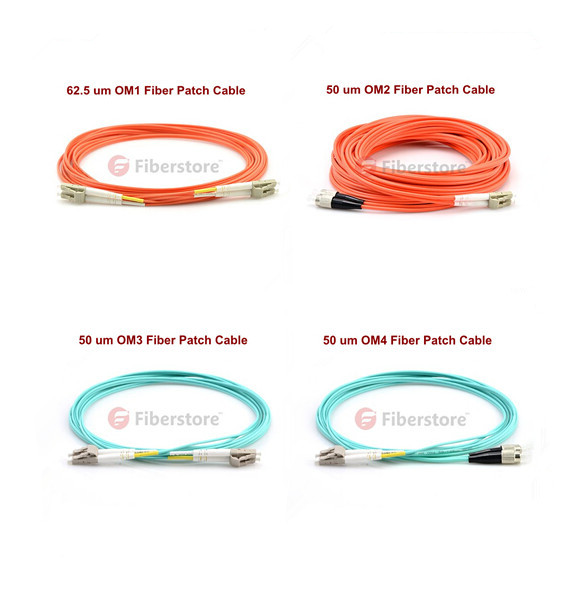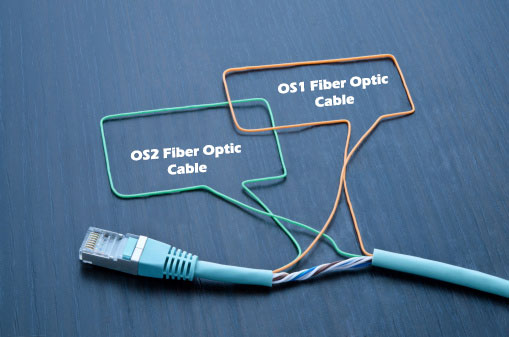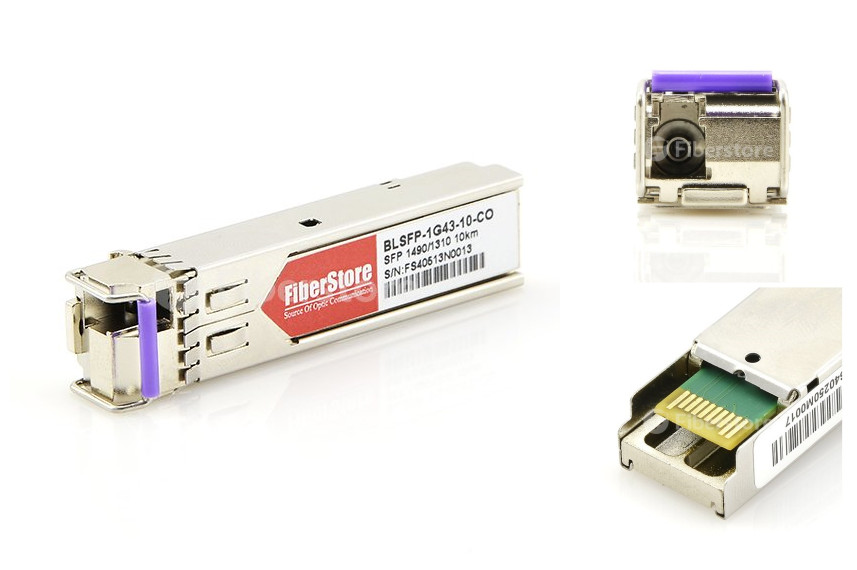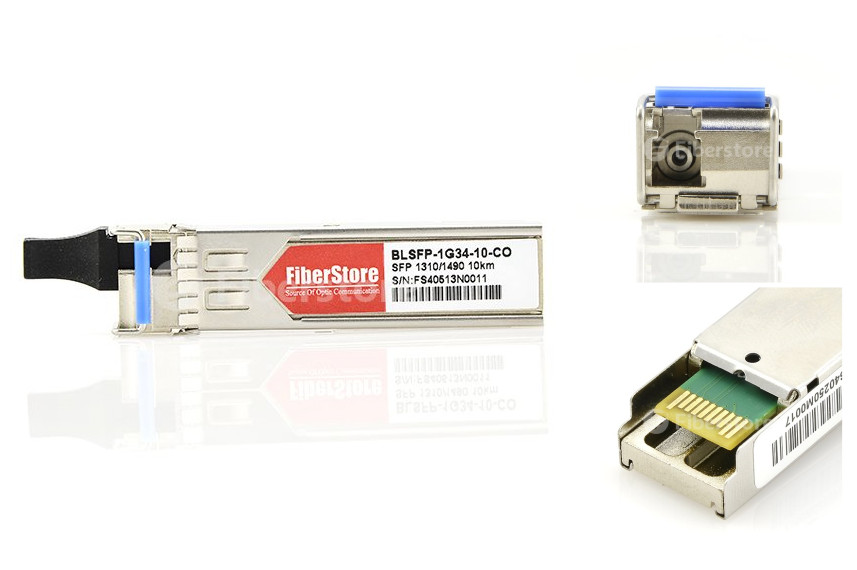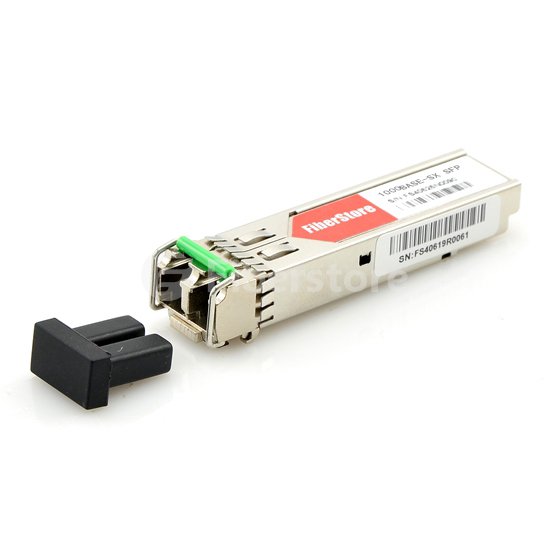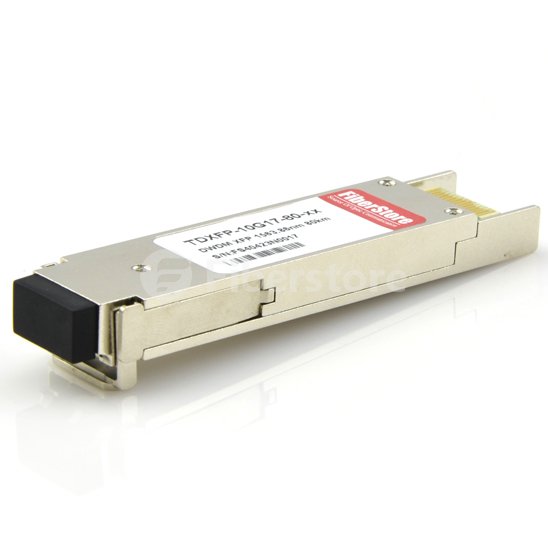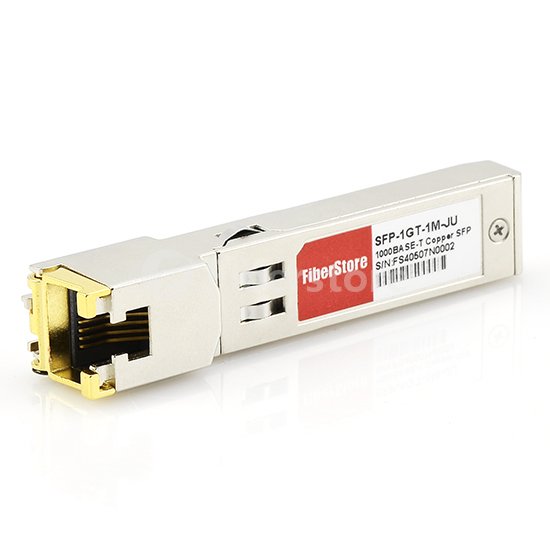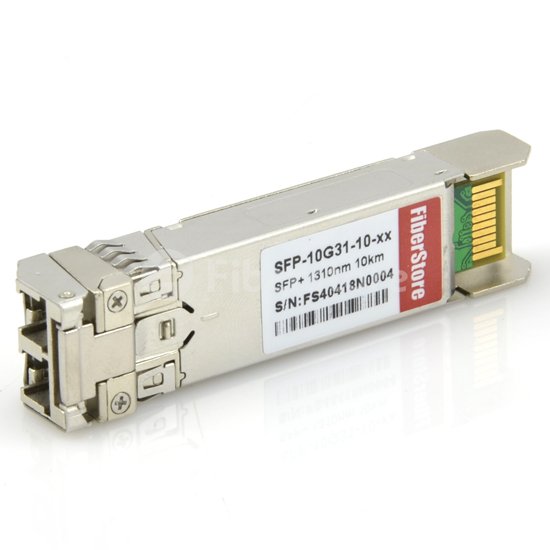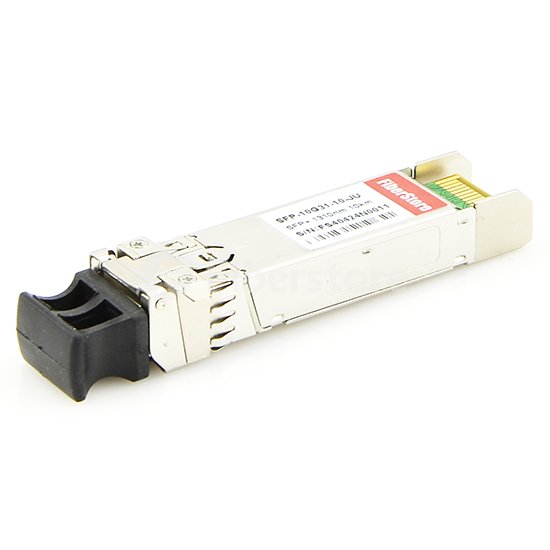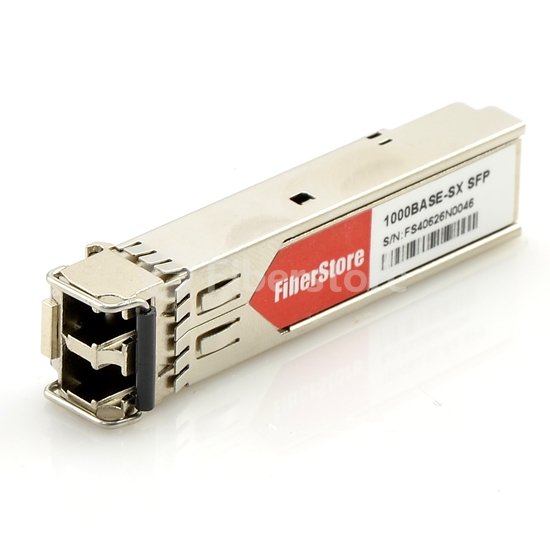Though fiber optic patch cord is a preferable option in a network, it also has the potential to be the weakest link in fiber network infrastructures. So it is very essential to follow correct procedures in administration of fiber patch cords to achieve optimum performance and reliability. Best practice in managing patch cords can be divided into four parts: planning, preparation, patching, and validation. This post will talk about fiber jumper management from these four aspects.
Planning
A good plan is half the success. Make sure you know the specifications and design of your fiber cabling. Fiber patch cords you choose must match the installed cabling. Do not mix them. Color-coding of connectors for different fiber standards make it easy to avoid confusion. First you need to find the best route between the ports to be connected to establish the correct cord length. This is usually the shortest route through horizontal and vertical cable guides that does not obstruct or interfere with other cords and connectors in the panel. By adding the horizontal and vertical distances, you get the required length. Avoid running cords through cable pathways that are already congested.
When selecting a cord to make a cross connection, avoid excessive slack and provide a neat appearance. Tight cords will pull on connectors and too much slack complicates cord management, making the panel more difficult to work on. Ensure that panels are fitted with correct cable management accessories. In general, a horizontal patch cord management guide is needed for every two rack units, depending on the type of optical patch panel or lightguide interconnect unit (LIU). At the optical patch panel or LIU, route patch cords equally toward both sides of the vertical cable management channels to prevent overloading one side.
Preparation
Before performing administration activities, preparation is critical. It can minimize disconnect time as much as possible. What preparation needs to be done? Locate the ports that must be connected or reconnected. Ensure technicians have clear information on what they need to do, including labeling information for the ports involved. Ensure cords are of the right type and quality, whether an MPO cable or a LC fiber cable or other connector types, and that they are clean and in good condition. Cleanliness is vital in fiber optic connections so special care is needed with connector ends on patch cords, panels and network equipment.
Patching
During the patching process, be careful not to use excessive force during the patching process, which can stress cords and connectors, reducing their performance. And exceeding the bend radius can result in significant additional loss and adverse impact on channel performance. Patching includes removing a patch cord and adding a patch cord. Steps in removing and adding cords:
Removing a patch cord
- 1. locate the existing circuit
- 2. unplug the patch cord at one end and cover the connector endface with a dust cap
- 3. cover the open port with a dust cover
- 4. gently lift the cord straight up, taking up slack until its movement is detected
- 5. follow the cord routing, gently removing it along its length from the cable pathways
- 6. find the other end and unplug it
- 7. fully remove the cord
Adding a patch cord
- 1. identify the location of the new circuit
- 2. plug one end of the patch cord into the fiber coupling
- 3. route the patch cord
- 4. locate the new connecting point
- 5. plug the other end of the patch cord into the fiber coupling
Validation
Patching must be right since mistakes can cause costly disruption and re-work. It is totally necessary and important to take some time to make a final visual check on connections. When patch panels are mounted in enclosures, ensure they are securely closed and, where necessary, locked, making sure that cord slack is not snagged or pinched by the doors. The final step is to update the documentation to the as-built configuration and close the work order associated with the completed change request.
Summary
To sum up, a good fiber cabling management depends on the four aspects above. A right plan, well preparation, careful patching and at last, a thorough validation, all these add up to a successful cable management. You need to make sure that every procedure is properly implemented.

